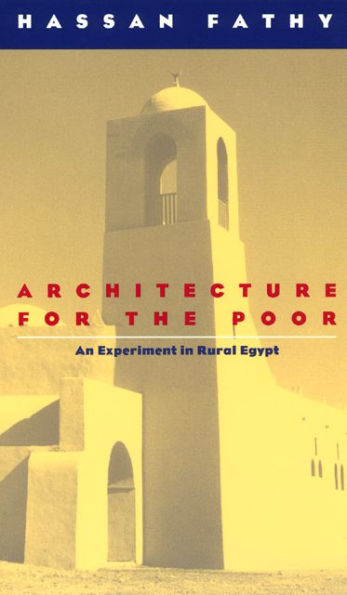5
1

Architecture for the Poor: An Experiment in Rural Egypt
366
Architecture for the Poor: An Experiment in Rural Egypt
366
41.0
In Stock

Product Details
| ISBN-13: | 9780226239163 |
|---|---|
| Publisher: | University of Chicago Press |
| Publication date: | 12/15/2000 |
| Series: | Phoenix Bks. |
| Edition description: | 1 |
| Pages: | 366 |
| Sales rank: | 868,093 |
| Product dimensions: | 5.38(w) x 9.00(h) x 1.00(d) |
About the Author
From the B&N Reads Blog
